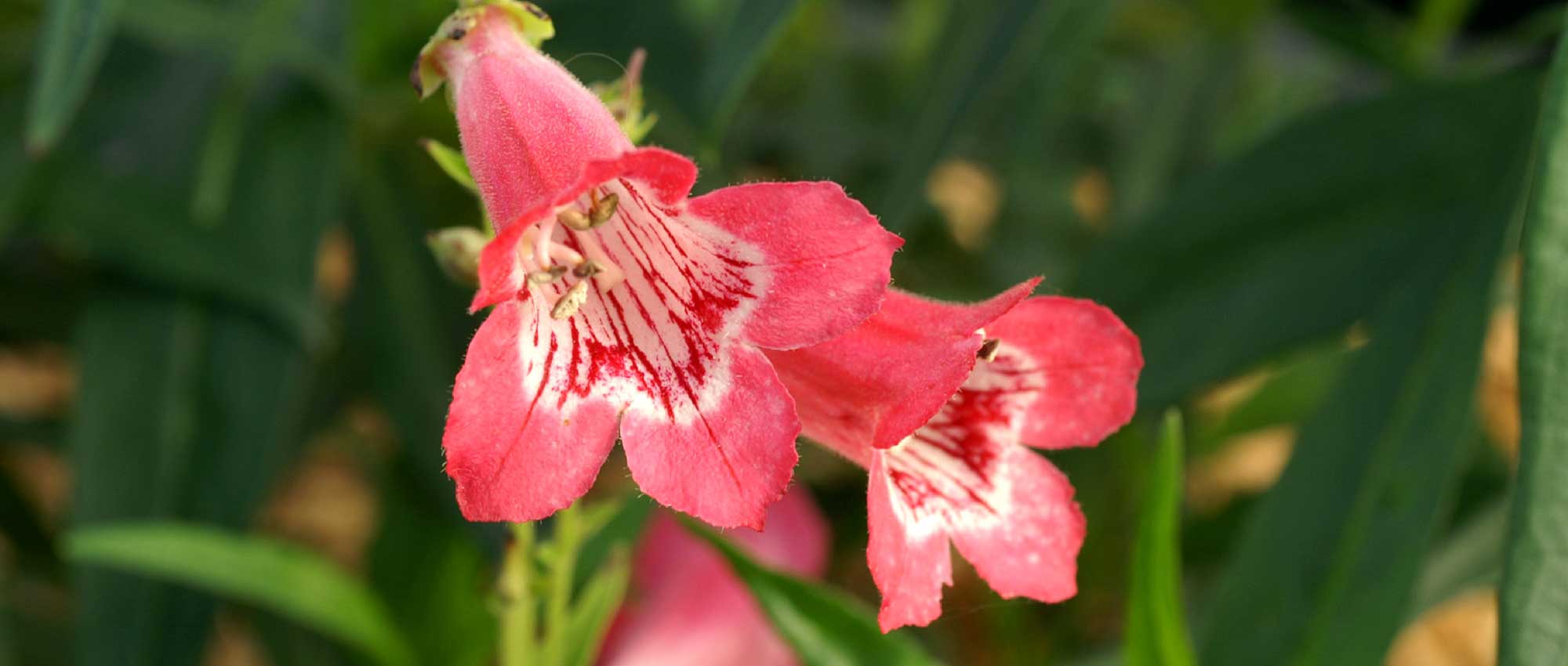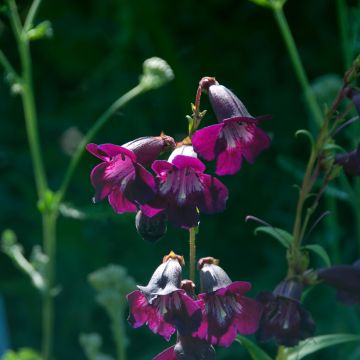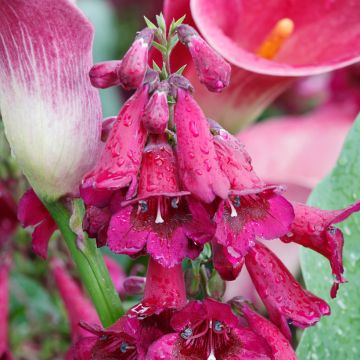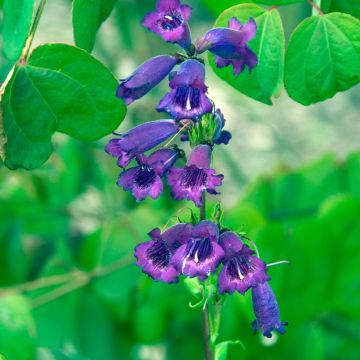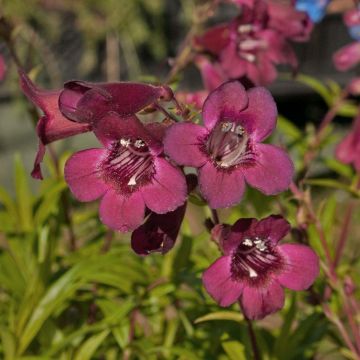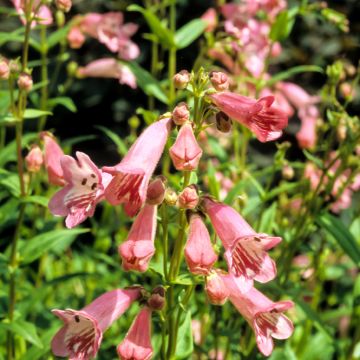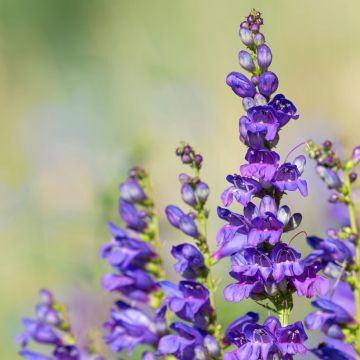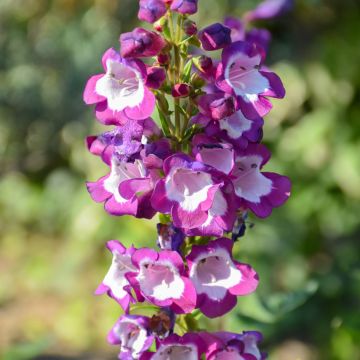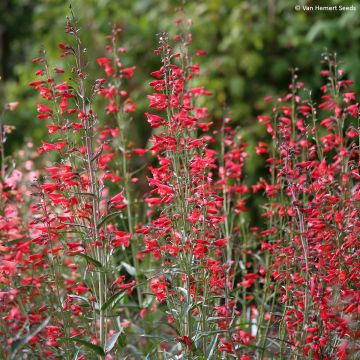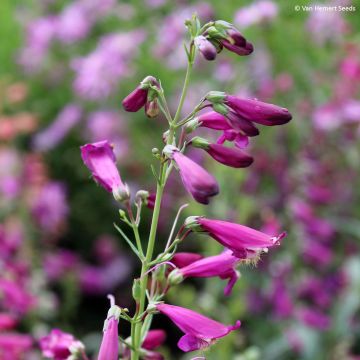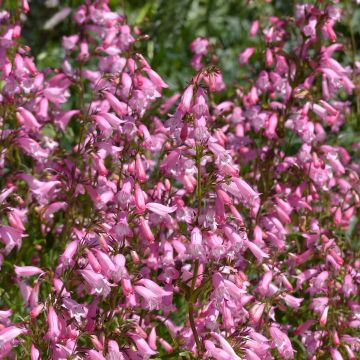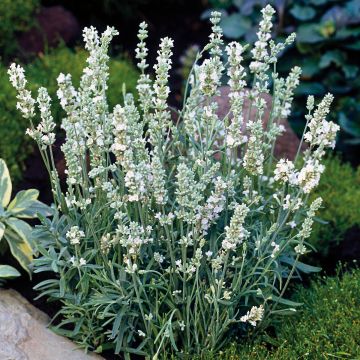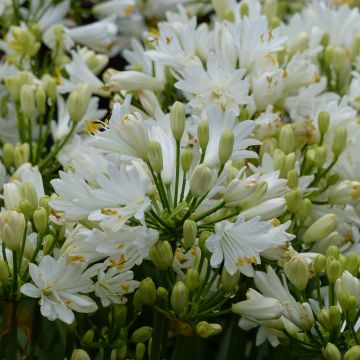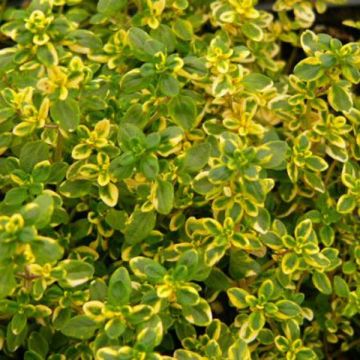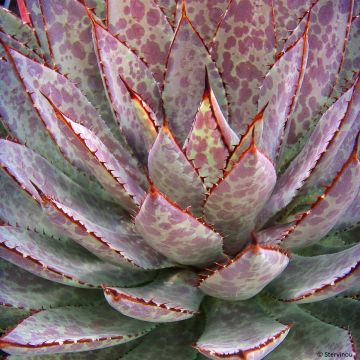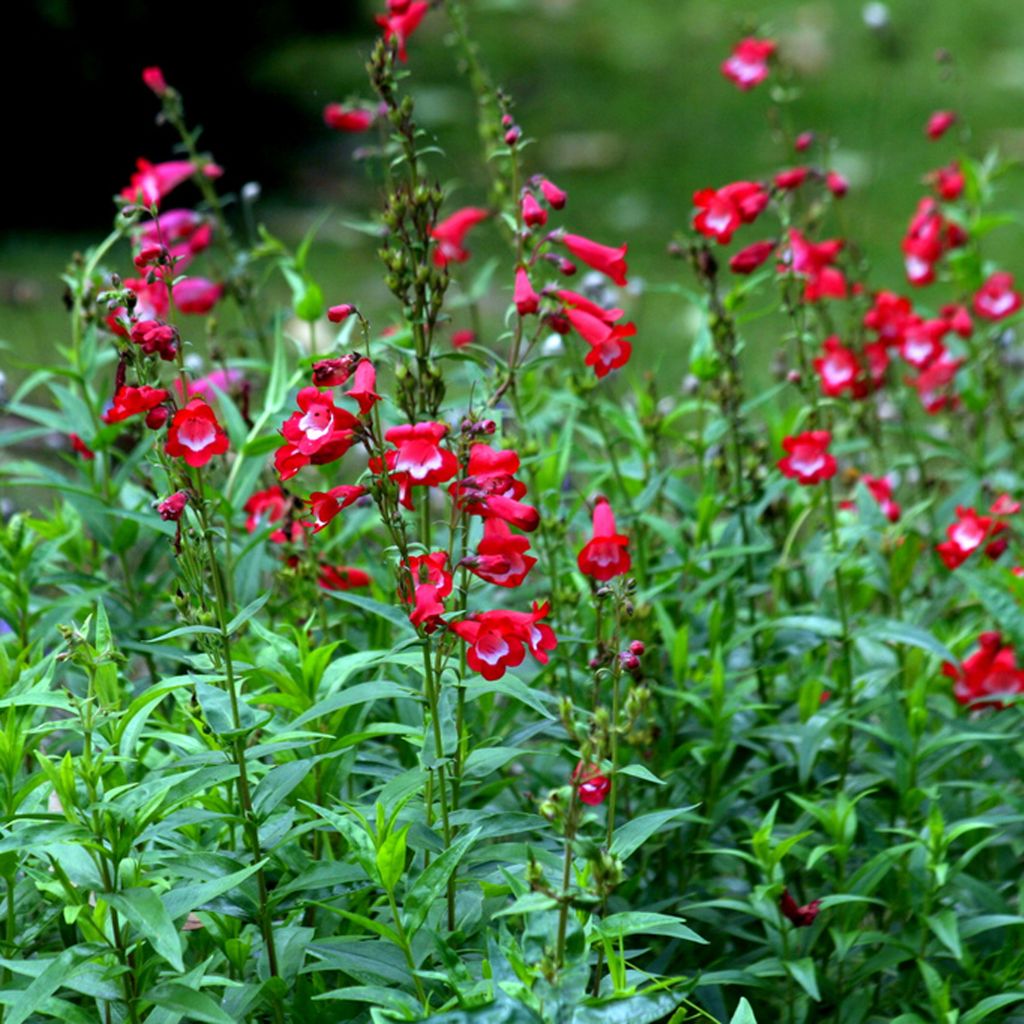

Penstemon Rubicundus, Galane
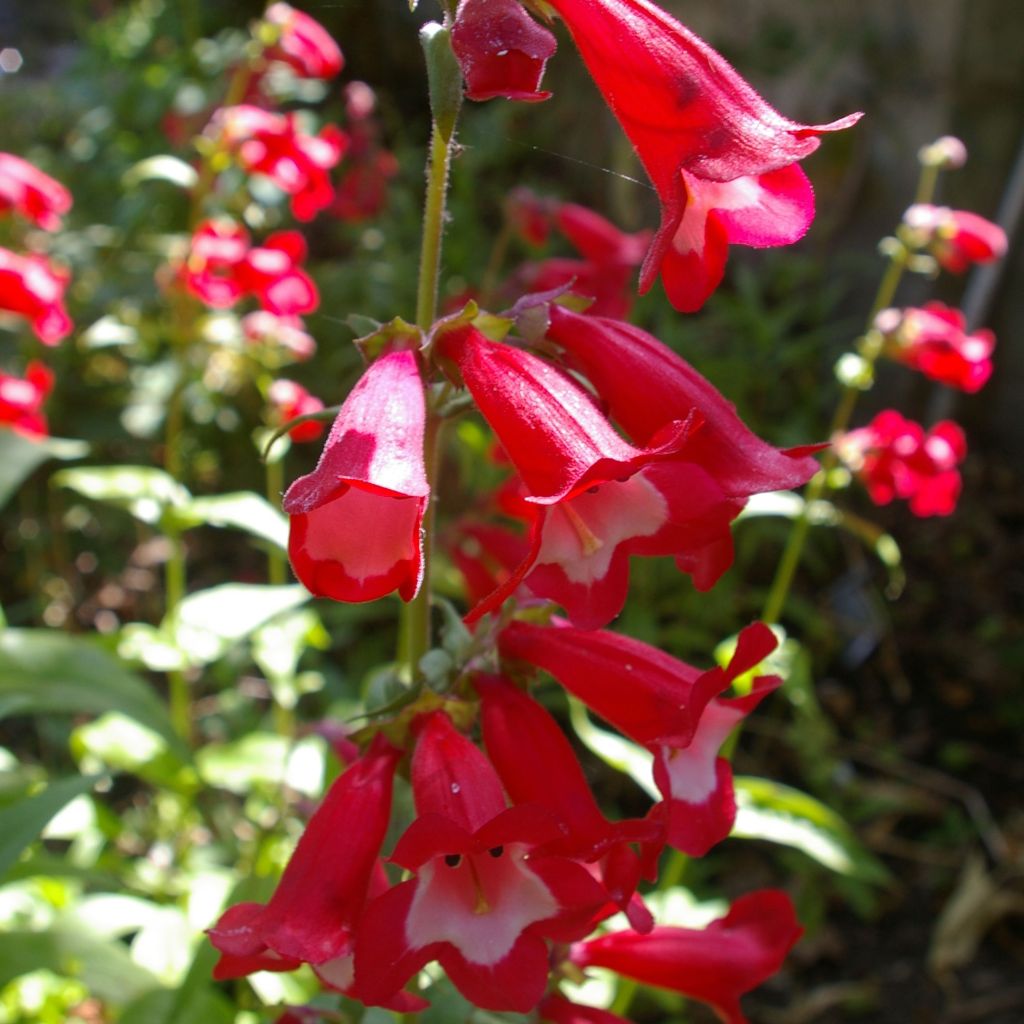

Penstemon Rubicundus, Galane
Penstemon Rubicundus - Beardtongue
Penstemon Rubicundus
Bellflower Beardtongue, Canterbury Bells Penstemon
I had ordered 5 young plants in 9 cm (4in) buckets, and I received 3 of 9 cm (4in) and 2 of 7 cm (3in)!
Thi, 02/06/2021
Special offer!
Receive a €20 voucher for any order over €90 (excluding delivery costs, credit notes, and plastic-free options)!
1- Add your favorite plants to your cart.
2- Once you have reached €90, confirm your order (you can even choose the delivery date!).
3- As soon as your order is shipped, you will receive an email containing your voucher code, valid for 3 months (90 days).
Your voucher is unique and can only be used once, for any order with a minimum value of €20, excluding delivery costs.
Can be combined with other current offers, non-divisible and non-refundable.
Home or relay delivery (depending on size and destination)
Schedule delivery date,
and select date in basket
This plant carries a 12 months recovery warranty
More information
We guarantee the quality of our plants for a full growing cycle, and will replace at our expense any plant that fails to recover under normal climatic and planting conditions.

Does this plant fit my garden?
Set up your Plantfit profile →
Description
The 'Rubicundus' Hybrid Penstemon is a variety of beardtongue with huge scarlet-red flowers with pure white throats on a plant of beautiful stature. A flowering that unleashes all its power under the brutal summer sun, capturing light and guiding the gaze, marking the garden at random in the flower beds. It unfolds on a bushy plant with beautiful dark green foliage. This magnificent perennial is undoubtedly not the hardiest, but it adapts to well-drained garden soil. It is also an excellent cut flower, perfect in sunny flower beds or large containers.
The 'Rubicundus' penstemon (synonym 'Heythrop Park') is a bushy perennial plant with a woody base from the family of Figworts, just like foxgloves and snapdragons. Like many hybrid penstemons, it results from cross-breeding several species, mainly native to Central and North America. This variety forms beautiful clumps with dark stems and dark green lanceolate foliage. Its growth is relatively fast. The flowering occurs from July to September, developing on the upper part of leafy stems that reach 80 cm (32in) in height (sometimes up to 1 m (3ft) under optimal conditions). The bicoloured flowers, 5 cm (2in) in diameter, in the shape of campanulate bells, are gathered in slightly loose clusters. They display a scarlet-red colour around an immaculate white throat. The vegetation persists more or less in winter, depending on the climate.
The 'Rubicundus' penstemon is used in flower beds, among perennials such as agapanthus, bluebeards, and agastaches, with small grasses such as Stipa mixed with annuals such as love-in-a-mist for example. It will also blend with white and red roses, fennels and wallflowers in warm tones. It also performs well in a large pot, with proper drainage and regular fertilization. Penstemons also make perfect-cut flowers.
Penstemon Rubicundus - Beardtongue in pictures
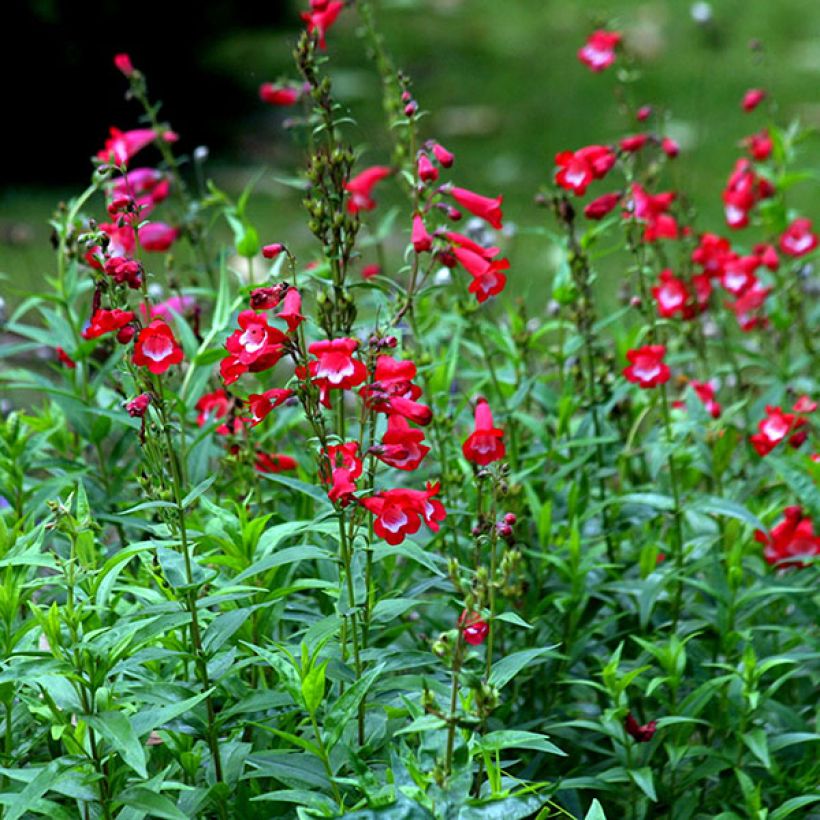

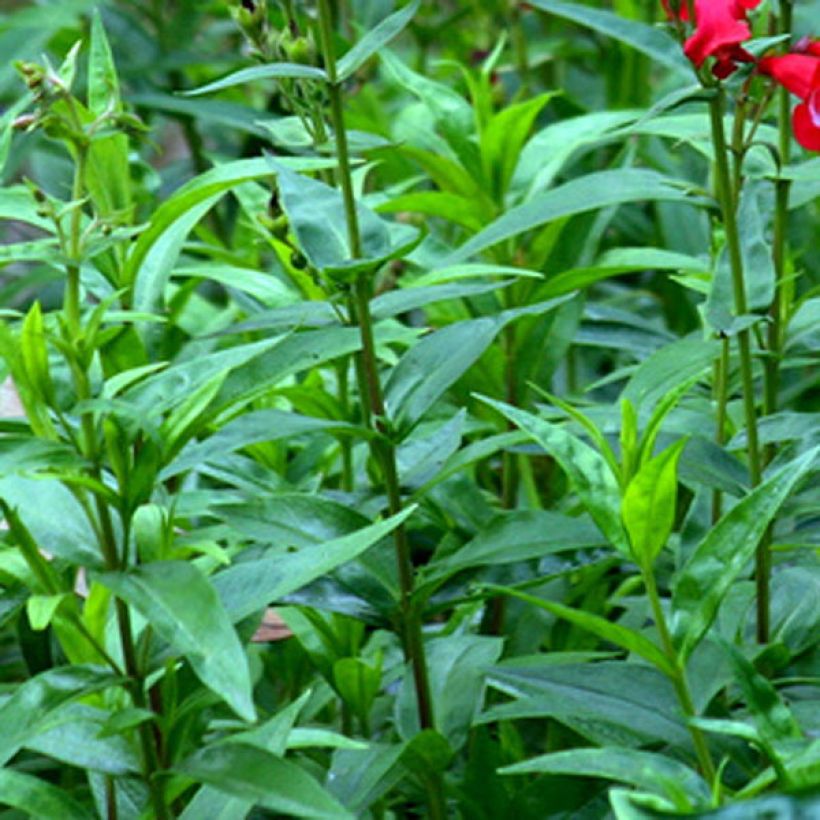

Flowering
Foliage
Plant habit
Botanical data
Penstemon
Rubicundus
Scrophulariaceae
Bellflower Beardtongue, Canterbury Bells Penstemon
Cultivar or hybrid
Other Penstemon
View all →Planting and care
Phlox plants are not very hardy, but some species such as P. cobæa, P. utahensis or P. digitalis can withstand temperatures of around -30°C (-22°F) if the soil is dry. They can be grown in most climates as long as the soil is rich and well-drained, and they receive full sun. In colder climates, it's best to put them in a warmer location, while in hotter areas a cooler and semi-shaded spot is recommended. To cultivate phlox, don't cut back the foliage at the end of the season, even though it may look unsightly in winter, as it continues to regulate moisture. Instead, clean and divide the stumps in early spring. Phlox comes in about a hundred different species and varieties, with the smaller and more fragile ones being planted in the rockery, and the hardier ones in the flowered paving with garden irises or in gravel gardens, alongside buglosses, cistus, lavender, santolines, rosemary, marjoram, and other plants.
Planting period
Intended location
Care
Planting & care advice
-
, onOrder confirmed
Reply from on Promesse de fleurs
Similar products
Haven't found what you were looking for?
Hardiness is the lowest winter temperature a plant can endure without suffering serious damage or even dying. However, hardiness is affected by location (a sheltered area, such as a patio), protection (winter cover) and soil type (hardiness is improved by well-drained soil).

Photo Sharing Terms & Conditions
In order to encourage gardeners to interact and share their experiences, Promesse de fleurs offers various media enabling content to be uploaded onto its Site - in particular via the ‘Photo sharing’ module.
The User agrees to refrain from:
- Posting any content that is illegal, prejudicial, insulting, racist, inciteful to hatred, revisionist, contrary to public decency, that infringes on privacy or on the privacy rights of third parties, in particular the publicity rights of persons and goods, intellectual property rights, or the right to privacy.
- Submitting content on behalf of a third party;
- Impersonate the identity of a third party and/or publish any personal information about a third party;
In general, the User undertakes to refrain from any unethical behaviour.
All Content (in particular text, comments, files, images, photos, videos, creative works, etc.), which may be subject to property or intellectual property rights, image or other private rights, shall remain the property of the User, subject to the limited rights granted by the terms of the licence granted by Promesse de fleurs as stated below. Users are at liberty to publish or not to publish such Content on the Site, notably via the ‘Photo Sharing’ facility, and accept that this Content shall be made public and freely accessible, notably on the Internet.
Users further acknowledge, undertake to have ,and guarantee that they hold all necessary rights and permissions to publish such material on the Site, in particular with regard to the legislation in force pertaining to any privacy, property, intellectual property, image, or contractual rights, or rights of any other nature. By publishing such Content on the Site, Users acknowledge accepting full liability as publishers of the Content within the meaning of the law, and grant Promesse de fleurs, free of charge, an inclusive, worldwide licence for the said Content for the entire duration of its publication, including all reproduction, representation, up/downloading, displaying, performing, transmission, and storage rights.
Users also grant permission for their name to be linked to the Content and accept that this link may not always be made available.
By engaging in posting material, Users consent to their Content becoming automatically accessible on the Internet, in particular on other sites and/or blogs and/or web pages of the Promesse de fleurs site, including in particular social pages and the Promesse de fleurs catalogue.
Users may secure the removal of entrusted content free of charge by issuing a simple request via our contact form.
The flowering period indicated on our website applies to countries and regions located in USDA zone 8 (France, the United Kingdom, Ireland, the Netherlands, etc.)
It will vary according to where you live:
- In zones 9 to 10 (Italy, Spain, Greece, etc.), flowering will occur about 2 to 4 weeks earlier.
- In zones 6 to 7 (Germany, Poland, Slovenia, and lower mountainous regions), flowering will be delayed by 2 to 3 weeks.
- In zone 5 (Central Europe, Scandinavia), blooming will be delayed by 3 to 5 weeks.
In temperate climates, pruning of spring-flowering shrubs (forsythia, spireas, etc.) should be done just after flowering.
Pruning of summer-flowering shrubs (Indian Lilac, Perovskia, etc.) can be done in winter or spring.
In cold regions as well as with frost-sensitive plants, avoid pruning too early when severe frosts may still occur.
The planting period indicated on our website applies to countries and regions located in USDA zone 8 (France, United Kingdom, Ireland, Netherlands).
It will vary according to where you live:
- In Mediterranean zones (Marseille, Madrid, Milan, etc.), autumn and winter are the best planting periods.
- In continental zones (Strasbourg, Munich, Vienna, etc.), delay planting by 2 to 3 weeks in spring and bring it forward by 2 to 4 weeks in autumn.
- In mountainous regions (the Alps, Pyrenees, Carpathians, etc.), it is best to plant in late spring (May-June) or late summer (August-September).
The harvesting period indicated on our website applies to countries and regions in USDA zone 8 (France, England, Ireland, the Netherlands).
In colder areas (Scandinavia, Poland, Austria...) fruit and vegetable harvests are likely to be delayed by 3-4 weeks.
In warmer areas (Italy, Spain, Greece, etc.), harvesting will probably take place earlier, depending on weather conditions.
The sowing periods indicated on our website apply to countries and regions within USDA Zone 8 (France, UK, Ireland, Netherlands).
In colder areas (Scandinavia, Poland, Austria...), delay any outdoor sowing by 3-4 weeks, or sow under glass.
In warmer climes (Italy, Spain, Greece, etc.), bring outdoor sowing forward by a few weeks.






























